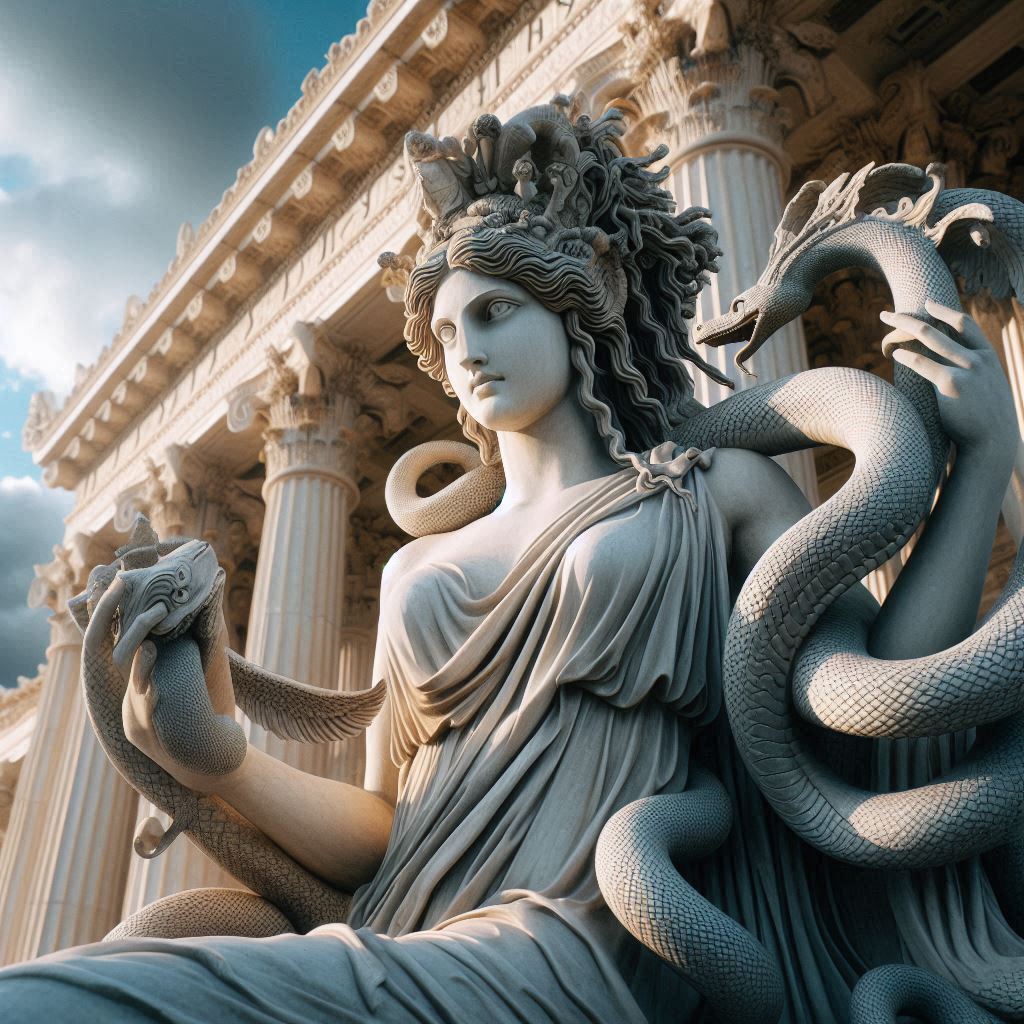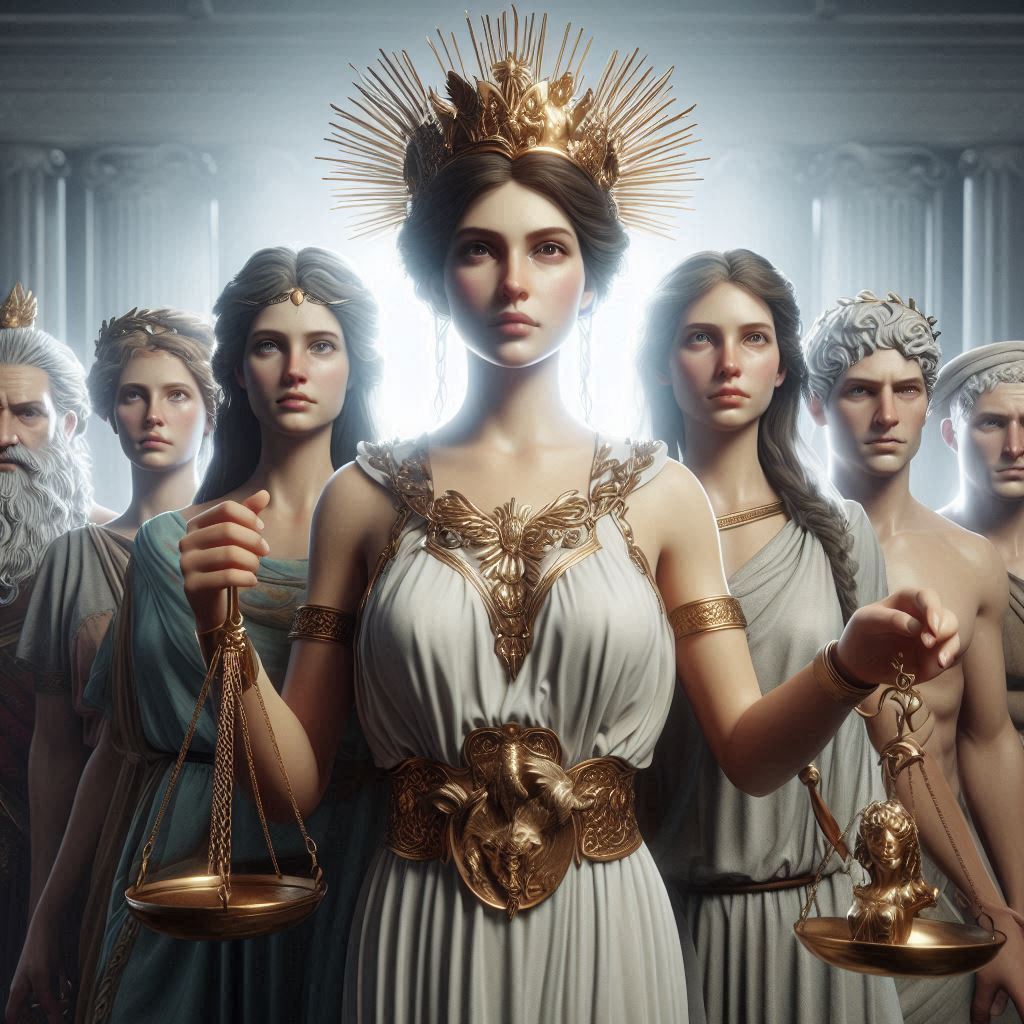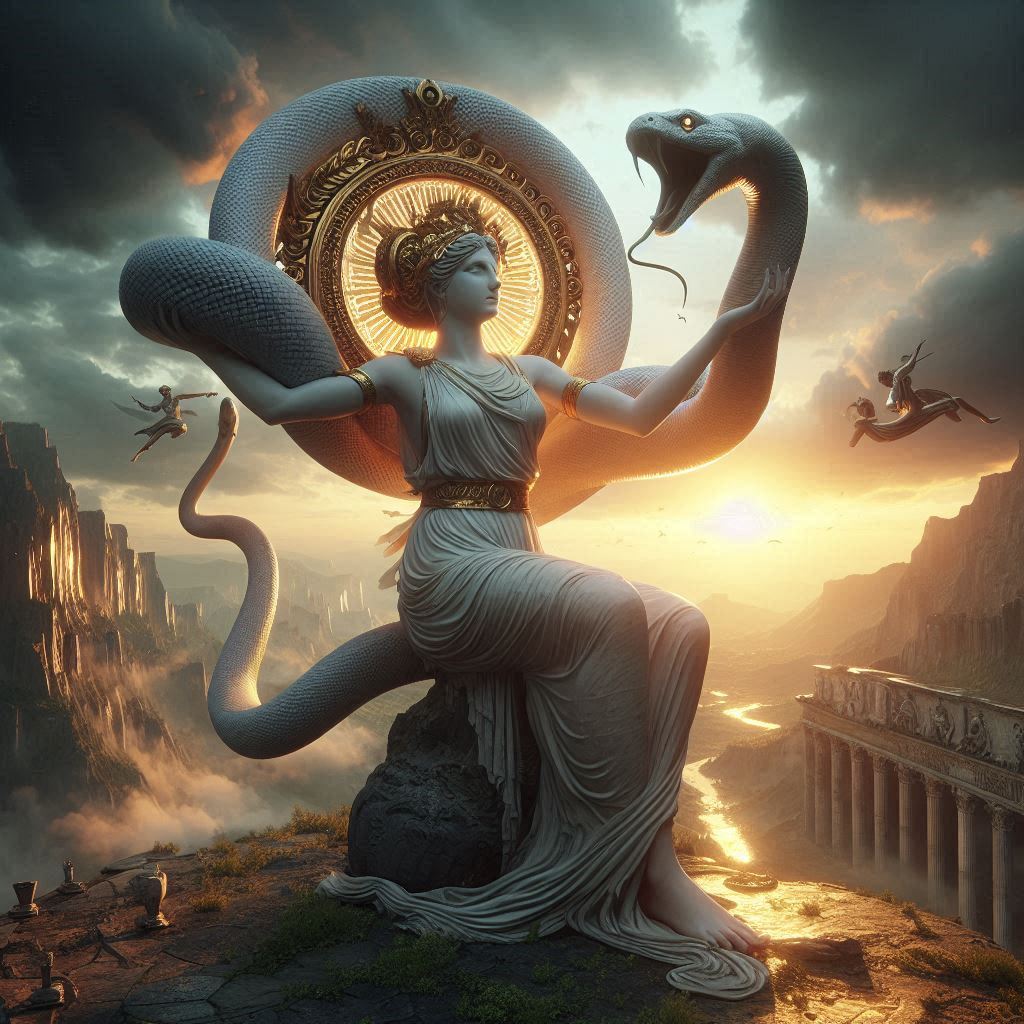Table of Contents
William Blake: A Visionary Poet and Artist
William Blake (1757-1827) was a poet, painter, and printmaker whose revolutionary ideas and mystic symbolism made him one of the most unique figures in British Romanticism. Although often overlooked in his own time, Blake’s works have come to be celebrated for their profound philosophical insights, bold visual and literary creativity, and complex engagement with social and spiritual themes.
His poetry, combined with his intricate artwork, forms a body of work that challenges conventions, urging readers and viewers to look beyond surface realities to uncover universal truths. Through his unparalleled blending of text and image, Blake developed a new, multi-dimensional form of expression, which has left a lasting impact on literature, philosophy, and the visual arts.

Blake’s Early Life and Influences
Born in London in 1757 to a working-class family, Blake displayed an early talent for drawing, and his parents encouraged his artistic inclinations. At the age of fourteen, he became an apprentice to engraver James Basire, an experience that allowed him to study the intricacies of line and form, which would later become essential to his visual art. During this apprenticeship, he was exposed to the works of Gothic artists, which deeply influenced his aesthetic.
Blake was also inspired by the Bible and by the political climate of his time, particularly the American and French revolutions. He read widely, consuming works from figures such as Emanuel Swedenborg and the mystic Jacob Boehme, whose spiritual ideas shaped his unique theological and cosmological views.
Blake’s Artistic Vision and Philosophy
Blake’s vision was profoundly mystical, seeing the material world as a mere shadow of a more perfect, spiritual realm. Unlike his contemporaries, he viewed reason and materialism as obstacles to the human spirit, often representing them as oppressive forces in his poetry. His works frequently explore the tension between innocence and experience, good and evil, and freedom and oppression.
In his poetry, Blake believed language could serve as a portal to the divine, and he endeavored to express complex spiritual truths through a distinctively symbolic and often surreal style. In his poetry collections Songs of Innocence and Songs of Experience, Blake contrasts the purity of childhood innocence with the corruption of adulthood experience. “The Lamb” and “The Tyger,” two of his most famous poems, exemplify this theme. In “The Lamb,” Blake uses a gentle, pastoral imagery to express the innocence of childhood, while in “The Tyger,” the animal’s fearsome power reflects the darker forces of experience and the complexity of divine creation.
Integration of Art and Poetry
One of the most revolutionary aspects of Blake’s work was his integration of text and image. Dissatisfied with traditional publishing methods, he invented his own technique called “illuminated printing.” This method allowed him to create illustrated manuscripts where words and images are intertwined, creating a total work of art that combined the visual and the verbal. Blake’s poetry was often etched onto copper plates alongside his illustrations, and the plates were then printed and hand-colored. This process made each copy unique and highly personal, allowing him to control the visual as well as the poetic aspects of his work.
Through illuminated printing, Blake not only preserved his creative autonomy but also emphasized his belief in the interconnectedness of all forms of artistic expression. His art was highly symbolic, filled with angels, demons, gods, and monsters that reflected the spiritual struggles he described in his poetry. His illustrations for the Book of Job and Dante’s Divine Comedy reveal his interpretive genius, providing visual commentary that adds depth and complexity to the texts.
Political and Social Critique
Blake’s work is also marked by his social and political radicalism. Living during a period of immense change and upheaval, Blake was deeply critical of the social injustices he witnessed, including poverty, child labor, and oppressive religious practices. In works like London, from Songs of Experience, Blake critiques the alienation and misery wrought by industrialization, capturing the suffering of the marginalized. His disgust with the state and the church, which he saw as complicit in society’s oppression, is evident in lines such as “the mind-forg’d manacles I hear” and “the Chimney-sweeper’s cry / Every black’ning church appalls.”
Blake’s critique extended to the very nature of institutional authority. He perceived established churches, governments, and schools as suppressors of human creativity and freedom. This was further expressed through his creation of his own mythological world in works such as The Marriage of Heaven and Hell, where he presents a cosmology in which traditional binaries (heaven/hell, good/evil) are dismantled in favor of a more fluid and liberating view of the universe. In this work, Blake suggests that both “angels” and “devils” contribute to human experience and that the creative energies labeled as “evil” by institutional powers are essential to human progress and freedom.
Blake’s Legacy and Influence
Blake’s influence on literature, art, and even philosophy cannot be overstated. Initially dismissed as mad or irrelevant by his contemporaries, Blake’s work was “rediscovered” in the 19th and 20th centuries by figures who recognized his genius and his relevance to modern thought. His imaginative approach to social critique, his pioneering blend of image and text, and his visionary spirituality anticipated many later movements, including symbolism, surrealism, and existentialism.
In literature, poets and writers such as W.B. Yeats, Allen Ginsberg, and Philip Pullman drew inspiration from Blake’s mystical and rebellious approach. In visual arts, his focus on intense, often dreamlike symbolism helped inspire the surrealists and symbolists, who admired his commitment to conveying inner truths. His concept of “visionary imagination”—the idea that artists can access divine truths beyond everyday perception—continues to resonate in contemporary discussions of creativity and spirituality.
Blake’s spiritual and philosophical explorations anticipated many themes in modern thought. His disdain for dogmatic institutions, his belief in the primacy of individual experience, and his revolutionary aesthetics were ahead of his time, influencing the direction of both Romantic and modernist movements. The complexity of his ideas and his rejection of easy categorization make Blake a continually challenging and intriguing figure, whose work remains open to new interpretations.
Conclusion
William Blake stands as a visionary artist whose work remains influential in its daring integration of art and poetry, radical critique of social and political systems, and deep spiritual insight. His explorations of innocence and experience, combined with his remarkable technical innovations, have established him as a unique figure who transcends both his time and genre.
By challenging the limitations of his era’s artistic and philosophical conventions, Blake created a body of work that continues to inspire audiences to look beyond the visible world and seek the divine, the imaginative, and the transformative. In Blake’s universe, art, poetry, and spirituality converge to form a vision that challenges, enlightens, and endures.


No responses yet